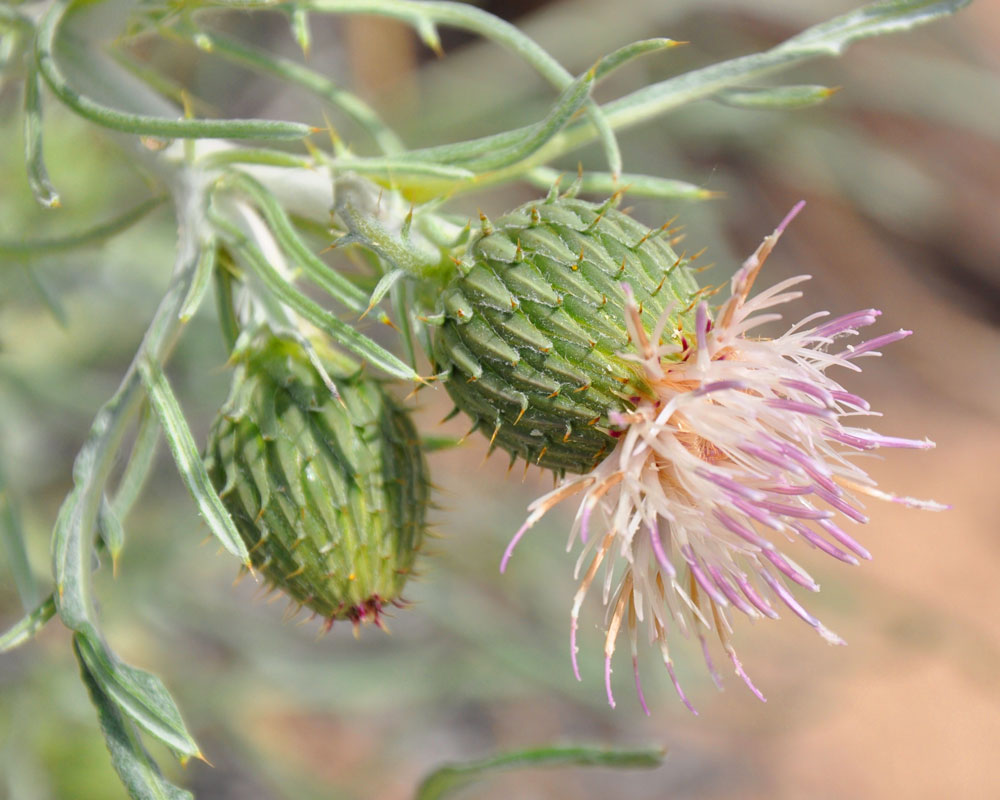
“I’m in awe of plants and their interconnections with the rest of the organisms they live with. They can’t speak for themselves so someone has to speak for them.“
The person responsible for Kay Havens’ early interest in interest in science was female: her mother. Together, they collected, studied, and identified shells when Kay was young. But when it came time for Kay to choose a field of study in college, she first chose engineering. “That didn’t work,” she said, but soon after she developed a fascination with plants.
Kay went on to a career in biology, and at the Chicago Botanic Garden, Kay runs a program that recruits young students to begin working in science from an early age, and that supports those students into early adulthood. “Botany has always been a field where women feel welcomed,” says Kay. “But it’s only a beginning because we really need to welcome other folks who’ve been underrepresented in the sciences as well. We’re trying to build a pathway for people.”
WHAT TO DO IF YOU WANT TO HELP KAY—AND THE WORLD—KNOW MORE ABOUT PLANTS & HOW THEY’RE FARING
One great way is to participate in Budburst, a national citizen-science campaign where you agree to pay attention and record your observations each year about when plants begin to flower and produce new growth in the spring, and when they change color in the fall. Called “phenology,” these types of observation have been collected for centuries for various reasons. Farmers used the data to improve timing for planting; foragers found it helped them better estimate when desirable plants might be in the proper stage of growth for collection. Today, phenology is critical to help track the effects of global weirding (AKA climate change.)
To become part of a national network of plant conservationists and to lend your voice and support for good policies, join the Plant Conservation Alliance. You can join for free and be as involved as you want to be. On a philosophical note, about that world “involved:” it doesn’t mean you have to become the organization’s president or take on the planning of an annual conference; sometimes joining an organization like this one serves as a way to stay an informed, concerned and thoughtful citizen. (That’s not a small thing.)
WHAT ELSE IS OUT THERE ON A BIGGER SCALE?
The Chicago Botanic Garden is an active player in Botanic Gardens Conservation International, a network of botanic gardens dedicated to saving threatened plants. This group is committed to helping the rest of us fully grasp that the continued existence of plants is intrinsically linked to global issues like poverty, hunger and human well-being.

This pretty flower is the Pitcher’s thistle, a plant researched by Kay Havens. The Pitcher’s thistle spends most of its life as a few leaves hugging the ground and then, after four or five years, it comes into bloom. The Pitcher’s thistle lives in the sandy dunes of Door County, Wisconsin.
